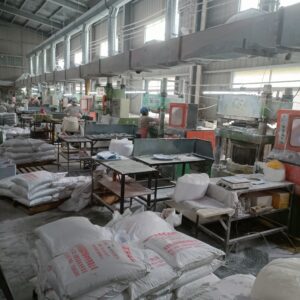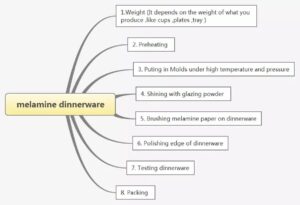
The Main Component of Amino Molding Plastic: Amino Resin
The Main Component of Amino Molding Plastic
Amino molding plastic, also known as amino plastic or amino resin, is a type of thermosetting plastic that is widely used in various industries. It is known for its excellent heat resistance, electrical insulation properties, and high mechanical strength. The main component of amino molding plastic is an amino resin.
What is an Amino Resin?
An amino resin is a synthetic resin that is formed by the reaction of a compound containing amino groups, such as urea or melamine, with an aldehyde, usually formaldehyde. This reaction results in the formation of a three-dimensional network structure, making the resin highly cross-linked and rigid.
Properties and Applications
Amino molding plastic offers a range of desirable properties that make it suitable for various applications. It has excellent dimensional stability, low shrinkage, and good chemical resistance. These properties make it ideal for use in electrical components, automotive parts, and household appliances.
Due to its high heat resistance, amino molding plastic is also used in the production of cookware handles, electrical connectors, and lighting fixtures. Its electrical insulation properties make it suitable for manufacturing switchgear components and circuit breakers.
In addition to its physical properties, amino molding plastic can be easily molded into complex shapes, making it a versatile material for various manufacturing processes.
In conclusion, the main component of amino molding plastic is an amino resin. This resin provides the plastic with its unique properties, such as heat resistance, electrical insulation, and mechanical strength. Amino molding plastic finds applications in a wide range of industries, thanks to its desirable properties and ease of molding.





No Comments